The Undying Monster (1942)
By Toronto Film Society on October 30, 2018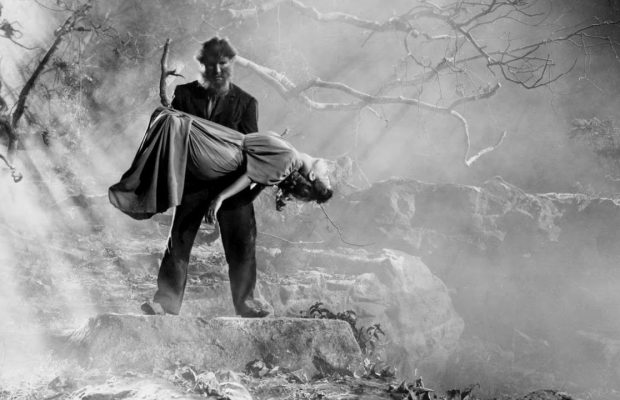
Toronto Film Society presented The Undying Monster (1942) on Monday, October 29, 2018 in a double bill with The Uninvited as part of the Season 71 Monday Evening Film Buff Series, Programme 2.
Production Company: Twentieth Century Fox. Producer: Brian Foy. Executive Producer: William Goetz. Director: John Brahm. Screenplay: Lillie Hayward, Michael Jacoby, based on the novel by Jessie Douglas Kerruish, “The Undying Monster” (London, 1922). Cinematography: Lucien Ballard. Special Effects: Fred Sersen. Art Direction: Richard Day, Lewis Creber. Set Decorations: Thomas Little, Walter M. Scott. Film Editor: Harry Reynolds. Music: Emil Newman, David Raksin. Sound: George Leverett, Harry M. Leonard. Release Date: November 27, 1942. British Release Title: The Hammond Mystery.
Cast: James Ellison (Robert Curtis), Heather Angel (Helga Hammond), John Howard (Oliver Hammond), Bramwell Fletcher (Dr. Jeff Colbert), Heather Thatcher (Cornelia “Christy” Christopher), Aubrey Mather (Inspector Craig), Halliwell Hobbes (Walton, the Butler), Eily Malyon (Mrs. Walton), Heather Wilde (Millie, the New Maid), Charles McGraw (Strud Strudwick).
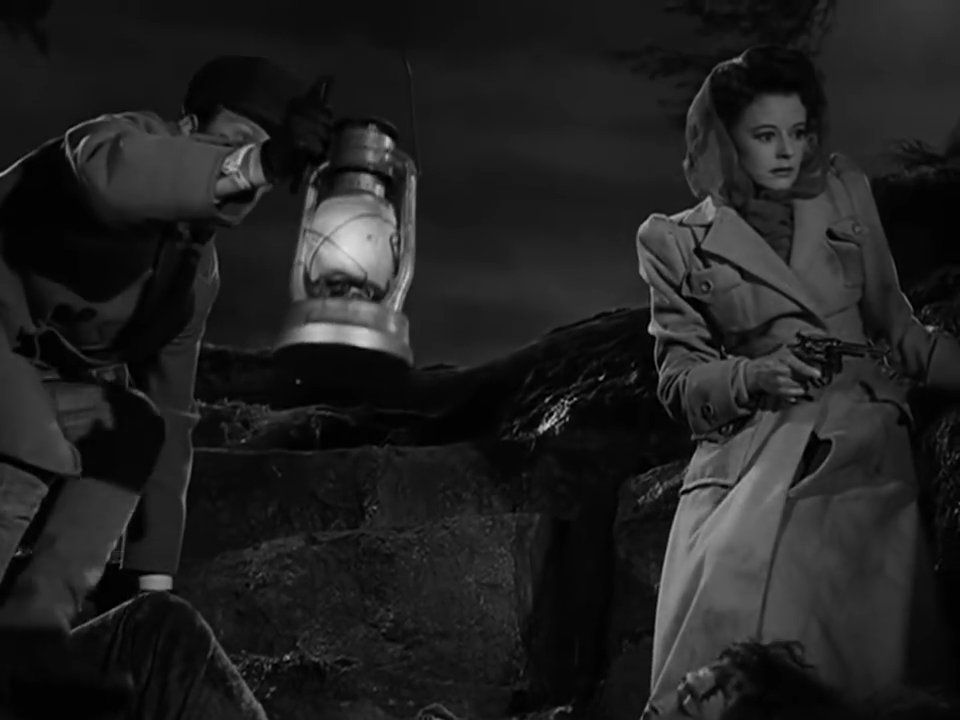
The Undying Monster can be aptly described as The Wolf Man meets The Hound of the Baskervilles. Fox had produced what is considered the finest version of The Hound of the Baskervilles in 1939, the first of the Sherlock Holmes series of films featuring Basil Rathbone in the title role. The Undying Monster consciously references Hound in the opening scenes that feature an enormous dog straight out of the Holmes story. Like the film Dr. Renault’s Secret, the film blends mystery and horror, and there are even elements of police procedural as the forensics experts gather and interpret evidence. Our detective/scientist, Robert Curtis, uses the procedure of flame photometry and the very biological-scientific principles of pharmacology, biochemistry and hypertrichosis to help lead him to his conclusions.
German émigré John Brahm, assisted by ace cinematographer Lucien Ballard, imbues the film with gorgeous expressionist shadows and gobs of murky atmosphere.
This summer TFS screened Brahm’s The Lodger and later this season in March, you’ll have a chance to see another of his films, The Brasher Doubloon. His first film, directed under the name Hans Brahm, was the 1936 talkie remake of Broken Blossoms starring German actress Dolly Haas, who he married the following year, divorcing in 1941. In my opinion, it has one of the most harrowing mentally abusive scenes between a father and daughter. And on a personal note, besides directing the wonderfully atmospheric 1945 Hangover Square, the following year John Brahm directed my favourite flashback within a flashback film, The Locket.
Sources: The Biology of Science Fiction Cinema by Mark C. Glassy (2001); Horror Noir: Where Cinema’s Dark Sisters Meet by Paul Meehan (2011)
Introduction by Caren Feldman
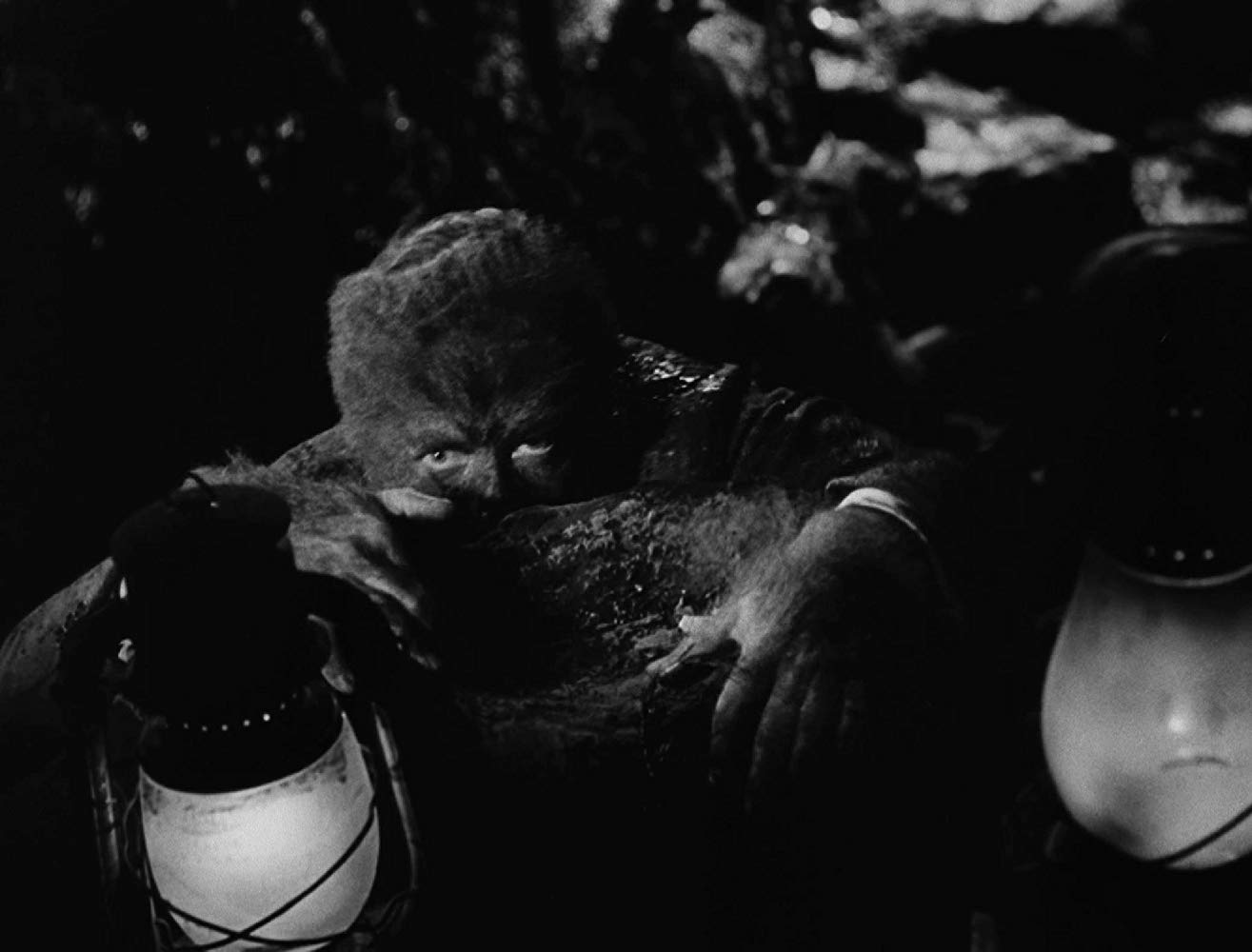
“B material given A execution” is how film historian Drew Casper describes Twentieth Century Fox’s first horror movie—1942’s The Undying Monster—in one of the DVD extras, and dang if the man hasn’t described this movie to a T. The film, a unique melding of the detective, Gothic, and monster genres, though uniformly well-acted by its relatively no-name cast, features a trio of first-rate artists behind the camera who really manage to put this one over. And the film’s script isn’t half bad, either. Here, Scotland Yard scientist Robert Curtis (James Ellison) comes to eerie Hammond Hall—a brooding pile on the English coast—sometime around 1900, to investigate some recent attacks ascribed to the legendary Hammond monster. Viewers expecting this legend of a voracious predator to wind up being explained in an anticlimactic, mundane fashion may be a bit surprised at how things play out. James Ellison is fine in his no-nonsense, modern detective role (He uses a spectrograph to analyze various clues!), and Heather Angel (who does have the face of one), playing the house mistress, is equally good.
But, as I’ve mentioned, it is the contributions of three men behind the scenes that really turn this little B into a work of art. Director John Brahm—who would go on to helm Fox’s The Lodger (1944) and Hangover Square (1945), as well as RKO’s The Locket (1946)—and D.O.P. Lucien Ballard have combined their formidable talents to make a picture that is noirish, moody, and fast-moving, with superb use of light and shadow. And composer David Raksin, who two years later would achieve enduring fame for his score for that classiest of films-noir, Laura, has co-contributed some background music here that is both mysterious and exciting. Fox head Darryl F. Zanuck apparently had hopes that The Undying Monster (and the second horror film released the same year, Dr. Renault’s Secret) would be the opening salvos in his studio’s bid to challenge Universal’s monster domination, and, in retrospect, it does seem to have been a fair way to start.
Notes by Peter Poles
You may also like...
-
News

Frances Blau
Toronto Film Society | February 27, 2024On Monday, February 26th, 2024, Toronto Film Society lost longtime friend, supporter, and board member Frances Blau. Known for her sense of humour, her love of film, her generosity,...
-
Special Events

The Ladykillers (1955) at the Paradise Theatre
Toronto Film Society | March 9, 2024Toronto Film Society presents Targets (1968) at the Paradise Theatre on Sunday, April 7, 2024 at 2:30 p.m. Ealing Studios arguably reached its peak with this wonderfully hilarious and...
Programming

Virtual Saturday Night at the Movies
Toronto Film Society | April 11, 2024Toronto Film Society is back in the theatre! However, we’re still pleased to continue to bring you films straight to your home! Beginning Season 73 until now we have...
4-
 Toronto Film Society | March 9, 2024
Toronto Film Society | March 9, 2024
-
 Toronto Film Society | November 6, 2022
Toronto Film Society | November 6, 2022
-
 Toronto Film Society | August 1, 2023
Toronto Film Society | August 1, 2023
Donate to Toronto Film Society – We’re now a Registered Charity!
-
Copyright © 2017 Toronto Film Society.

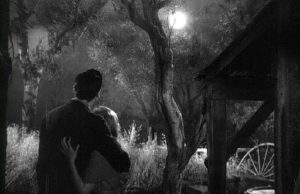
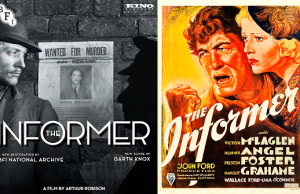
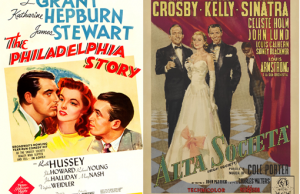
Leave a Reply